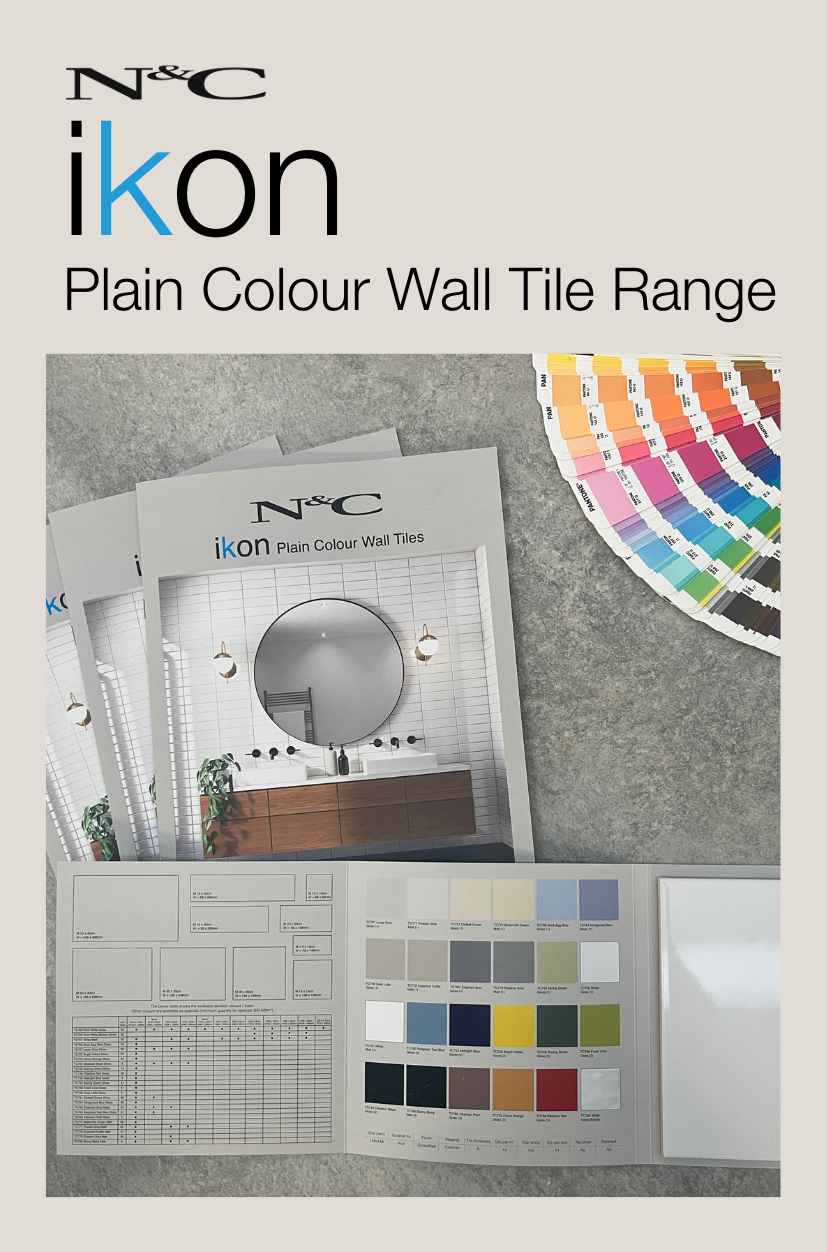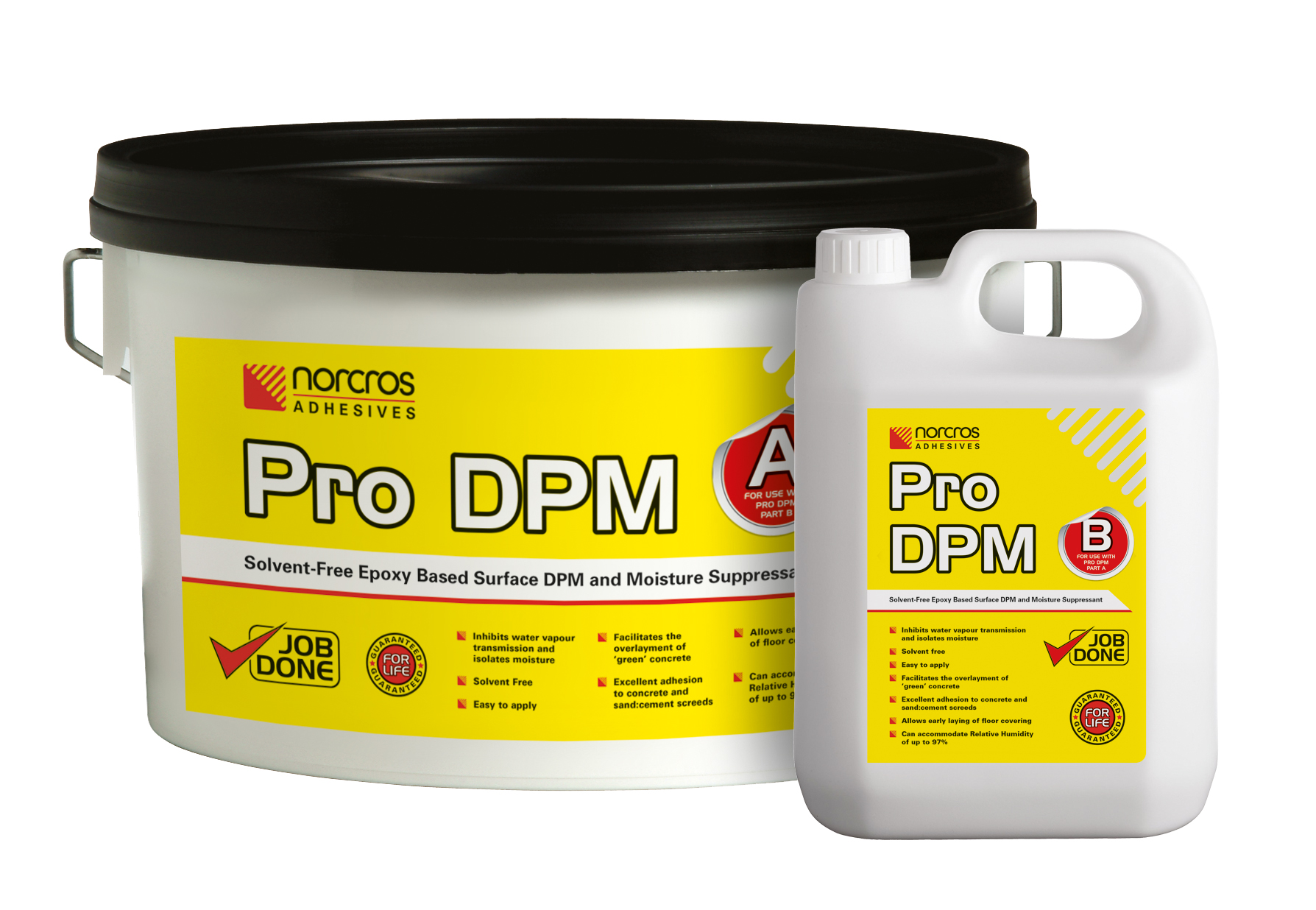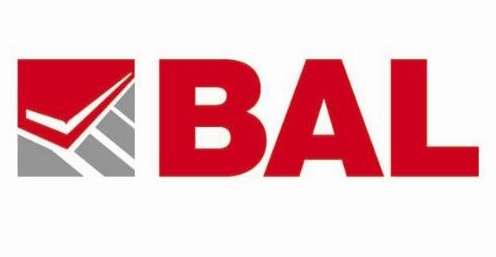In 2017 the world ceramic tile production grew more weakly than previously, according to ACIMAC Research, quoted in the Italian publication Ceramic World Web.
Tile production grew to 13,552 billion square metres, a 2.2% increase on 2016. Meanwhile tile consumption also grew by 2.2% to 13.3 billion square metres. Global import-export flows fell by 1.4% to 2,754 million sq m, this being mainly due to a fall in Chinese exports. Tile exports increased from Spain, Italy, India, Iran and Turkey, but not enough to offset the Chinese decline.
ACIMAC is the Association of Italian Manufactures of Machinery and Equipment for Ceramics. The full report from their Research Department, “World production and consumption of ceramic tiles”, is to be published in October.
The report highlights that production in Asia grew by 0.9% to 9,438 million sq m, affected by a fall in production volumes in China and Indonesia, with growth in India, Vietnam and Iran. However Europe saw more substantial growth, up 4.4% across the EU and up 7.3% in non-EU Europe. In the Americas, total production remained more or less stable at 1,436 million sq m.
One of the fastest-growing areas over the last 2-3 years was Africa very significant growth, where output grew to 696 million sq m in 2017. The main tile producing African countries are Egypt, Nigeria, South Africa and the Maghreb countries. Meanwhile a further seven Sub-Saharan countries (Ghana, Tanzania, Angola, Sudan, Uganda, Ethiopia and Kenya) have now joined the ranks of African tile producers, following Chinese investment in the continent, albeit with fairly low output volumes of between 10 and 30 million sq.m.







